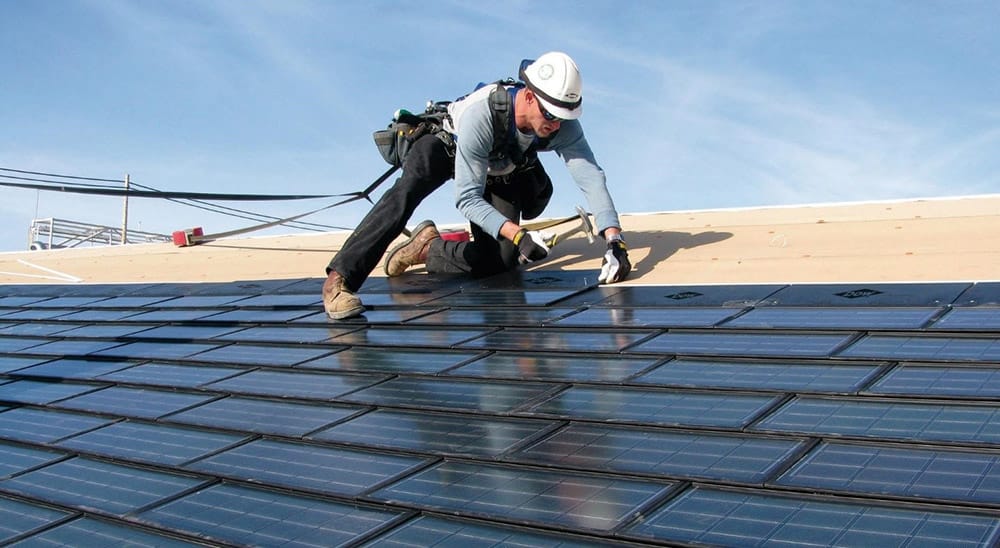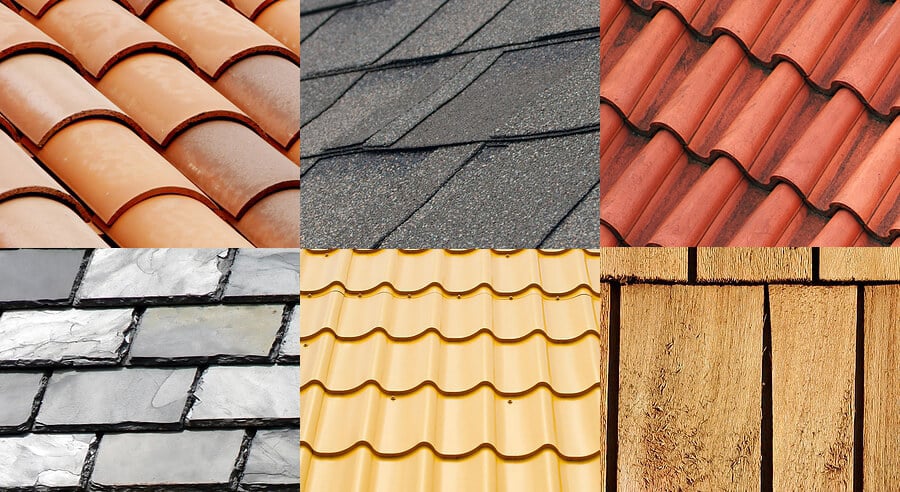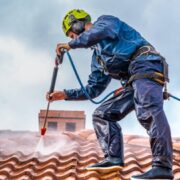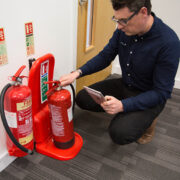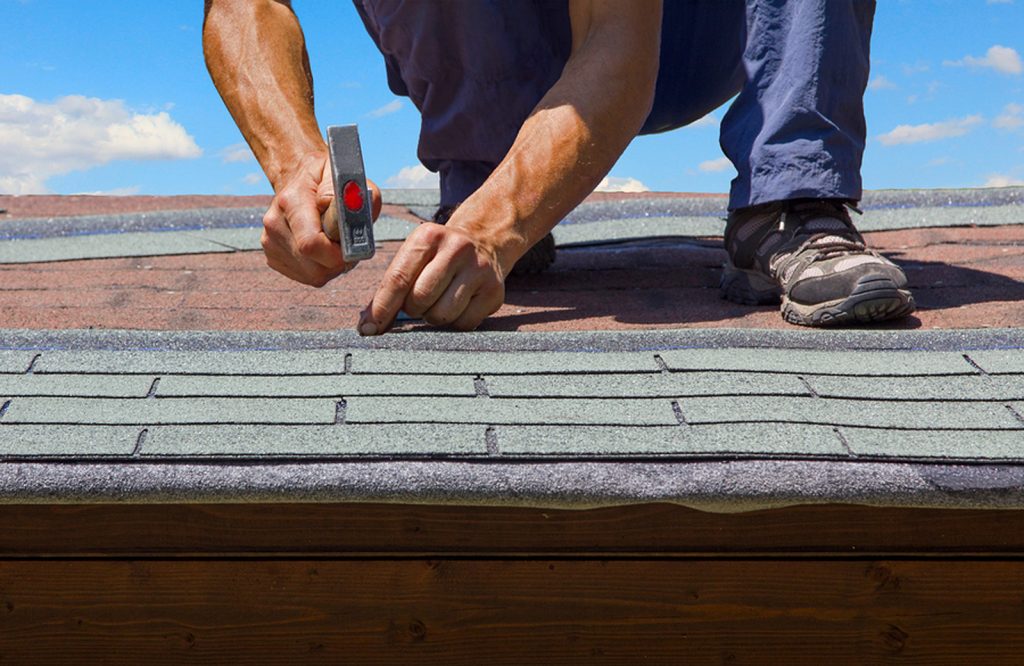
Dripping roofs are one such problem identified in home inspections. Home inspections show there are three primary issues to think about when diagnosing and fixing dripping roofs:
The health of the rooftop covering. Including cracked, damaged or dislodged tiles or slates, broken or corroded roof sheeting, weathered thatch. Incorrect installation can render any kind of roof coverings ineffective.
The pitch from the roof. Generally only “flat” roofs are water-proofed most pitched roofs are “weather-proofed”. Which means that the rooftop is made to shed water rapidly to avoid rain water from penetrating the rooftop covering. In most cases, the steeper the pitch from the roof, the not as likely it would be that the roof will leak.
Flaws in regards to potential leaks would be the places that roof surfaces intersect with walls, chimneys or any other roofs. These intersections are often weather-proofed with “flashing” of 1 kind or any other.
Tiles The home inspector will look for cracked, damaged or dislodged tiles or slates. Poor installation techniques which can lead to leaks include: Cracked mortar on ridge or barge capping tiles insufficient mechanical fixing of tiles in vulnerable areas along eaves and ridges along with a roof pitch which is not high enough.
Slates Slates are often installed more than a water-resistant underlay – frequently bituminous felt (malthoid). Leaks arise from damaged or dislodged slates and from the passed on underlay. If mild steel, instead of copper or aluminium fixing nails, happen to be used then corroded nails might also result in sliding slates. Ridges on slate roofs are usually carried out with facing ridge slates more than a “double soaker” – it is really an overlapping layer of underlay extending within the ridge. If the double soaker becomes broken or passed on then leaks can happen across the ridges.
Roof sheeting Metal roof sheeting frequently corrodes across the overlaps and round the fixing screws. Too-short finish-laps and insufficient side-laps which face the current weather are typical installation mistakes. Cracked and weathered fibre-cement or plastic roof sheeting is yet another problem.
Thatch The very best layer of grass inside a thatched roof, that is uncovered towards the elements, gradually rots and must be periodically combed out and replaced to preserve the weatherproof characteristics of the thatched roof.
Semi-flat roofs These may be either concrete slabs or board – frequently encircled by parapet walls. These roofs should have sufficient drainage. The very best top of the semi-flat roof must be effectively waterproofed – usually with heat-applied torch-on bituminous felt capped with Ultra violet ray resistant silver aluminium paint. When the waterproofing now has wrinkles or continues to be badly installed with insufficient overlaps or poor connecting towards the substrate, then leaks can happen. The answer would be to either patch or remove and re-install the torched-on waterproofing.
Roof pitch The South African National Building Rules prescribe minimum pitch levels for roofs – with respect to the roofer.
Flashing Flashing, that is usually either metal flashing or acrylic membrane waterproofing, is installed where roof surfaces intersect abutments. The flashing is made to waterproof these flaws within the roof. Correctly installing metal flashing and counter-flashing is really a tradesman’s art that is quickly becoming scarce in Nigeria. Increasingly more modern roofers turn to flashing roofs with acrylic membrane. Acrylic membrane flashing is frequently untidy, but is fairly effective presuming the acrylic is of excellent quality and presuming the flashing is recoated every couple of years. When the acrylic flashing isn’t correctly maintained then your harsh South African sun soon causes degeneration and debonding and leaks will probably occur.
Locating the leak Roof leaks are mainly observed from the house – moist patches around the ceiling or on walls. Because water frequently has a tendency to run lower the rooftop timbers before occurring itself inside a visible moist place, detective work within the roof cavity is frequently helpful in figuring out wherever the rooftop is dripping. Moist staining on top guitar chords from the roof trusses and often spots of daylight visible over the top covering are frequently the very best indication regarding in which the leak originates.


